What to do if tomato seedlings have a black leg?
Everything was fine: tomato seeds gave entrances, seedlings rose, but after transplanting they darkened at the root and fell. This phenomenon has to be observed by many gardeners, and its name is "black leg". It is possible to save tomato seedlings affected by it if the right measures are taken in a timely manner. Proper preparation of seed and soil will help prevent this transient disease.
How is the diagnosis made?
Blackleg is caused by soil-borne pathogenic fungi. Under favorable conditions for them, they develop and affect young tomato seedlings. Most often this happens after a dive, when the plant is already weakened.
Pathogenic microorganisms, multiplying, seem to clog the passages connecting the root part with the deciduous part of the plants, do not allow water and nutrients to pass through. Not receiving them, the plant withers and dies.
Outwardly, this is manifested by darkening and thinning of the stem at the very root. Very quickly it turns black, becomes lethargic, soft. The plant withers, leaves curl, and soon it falls - in the literal sense of the word. If such a nuisance happened to your seedlings, then be sure - the “black leg” is to blame.
Reasons for the appearance
The development of pathogenic microorganisms that cause black leg disease is facilitated by the following conditions:
- increased acidity of the soil;
- excessive soil moisture;
- too frequent sowing of tomato seeds, dense planting of tomato seedlings in a small container;
- low temperature;
- poor lighting.
If you carefully analyze the conditions in which tomatoes are grown, how they are looked after, you can “figure out” what led to the appearance of the “black leg”. Flaws need to be urgently corrected and other measures to be taken to combat this dangerous disease. Everything needs to be done quickly, as the disease is developing rapidly.
Advice
By planting seeds in separate pots, such as peat pots, you reduce the risk of blackleg spread.
What to do?
The algorithm for rescuing tomato seedlings struck by the "black leg" is as follows.
- First of all, you need to inspect the plants and those that are affected, take them out of the box with seedlings along with the roots: it might have been possible to save them, but they would still grow weakened, give a bad harvest. There is no point in putting healthy sprouts at risk of infection.
- If tomato seedlings are planted too often, thin them out.
- The next stage in the fight against the "black leg" is soil disinfection. To do this, you need to prepare a one percent solution of potassium permanganate, spill all the earth with it in a box with tomato seedlings.
Advice
Instead of potassium permanganate, you can use a formalin solution. But when he cultivates the soil, it must be loosened so that the formalin evaporates.
- Sprinkle wood ash or crushed charcoal over the soil. This will slightly reduce its acidity.
- After processing the soil, the tomatoes do not need to be watered for three days. In this case, it is necessary to eliminate all factors contributing to the infection of seedlings with a fungus. Make sure there is enough light for it, if necessary, install special lamps. Low temperature prevents moisture evaporation, so the window sill on which the boxes with plants are located must be insulated. For example, you can put a board under them.
Having taken urgent action to save tomato seedlings, you should properly take care of it so that the "black leg" does not appear again. The main thing is to observe the watering regime. Water should be plentiful, but infrequent.This should be done in the morning so that the soil has time to dry out during the day. It should be borne in mind that the water temperature for irrigation should be from 22 to 24 degrees. The soil itself must be loosened frequently.
Advice
In order to prevent the top layer of soil from shrinking, it can be sprinkled with river sand.
Before transplanting tomato seedlings to a permanent place of residence, it should be carefully inspected: despite the fact that the "black leg" is characteristic of plants grown in closed ground, crops growing in open ground are not immune from fungal attack.
Prevention
Blackleg is a disease. Like other diseases, it is easier to prevent than to fight it later. Prevention of fungal infection of seedlings is the correct preparation of boxes, soil and the seed itself.
Preparation of containers
Containers for tomato seedlings should be chosen correctly: they should be spacious enough in them. In this case, you need to ensure good drainage, ventilation of the roots. If there are no holes in the box or pot for the excess liquid to escape, it is easy to make them yourself.
The next step is disinfection. For this, a saturated solution of potassium permanganate is suitable, which must be heated. It is watered with any containers, especially those with a porous structure, for example, clay pots, wooden boxes. After processing, the containers must dry completely, and only after that they can be used for their intended purpose.
For processing, you can also use fungicides created specifically to prevent fungal diseases. It is best to breed them according to the manufacturer's instructions on the package. After using these preparations, the containers also need to be dried.
It is undesirable, even if disinfection is carried out, to use boxes in which plants affected by the fungus have already grown. It will not be superfluous to insure yourself in this case. Indeed, the future harvest of tomatoes depends on the health of tomato seedlings.
Soil preparation
As already mentioned, the infection of plants with a disease called "black leg" occurs through the ground. Therefore, great attention should be paid to soil preparation, especially if it is taken from your own garden. It should be neutral or slightly acidic. Lime and wood ash will help reduce its acidity.
Advice
Do not add humus or compost to the soil - they contain a large number of pathogenic microorganisms, including those that cause "black leg".
Freezing and calcining of the soil will help to kill or weaken dangerous microorganisms. In winter, it should be taken out in frost for several days, and in spring it should be ignited. Some do it in the oven at home. To do this, they spread the earth on a baking sheet, heat the oven to 120 degrees and put a baking sheet with earth in it for half an hour. This method can hardly be called hygienic, besides, the calcined soil smells not very pleasant. In order not to torment yourself and your household in the absence of an opportunity to calcine the soil outside the house, in the open air, it is better to replace it with steaming.
Steam the soil with boiling water, watering it generously and letting it dry completely. A greater effect can be achieved if, together with steaming the soil, it is disinfected. To do this, it should be watered not with clean water, but with a solution of potassium permanganate.
There is another way to steam the soil.
- Punch small holes in the old 5-liter bucket (no more than 5 mm). For example, they can be pierced with nails.
- Fill a leaky bucket with earth.
- Fill another bucket, already 10 liters, about a third full of water.
- Place a large bucket over the fire (this could be a fire). Place a small tripod in it so that it rises slightly above the water level.
- Place a bucket of dirt on a tripod. When the water has evaporated, the soil can be removed from the bucket. It remains to dry it and use it.
The described steaming method can be used at home, but much better - outdoors, for example in your garden.
Seed preparation
Seeds selected for sowing for seedlings are also recommended to be disinfected. This can be done according to the following algorithm.
- Place the seeds in a cloth bag or wrap in cheesecloth. If several varieties of seeds are used, it is better to make a separate “dress” for each variety.
- Make a disinfection solution by choosing one of two options: dissolve 3 g of potassium permanganate or a teaspoon of soda in a glass of warm water. Rinse the seeds in it for 10 minutes.
- Rinse the treated seeds in plain water for a minute.
- Dry the seeds.
It remains only to wait for the time when it is time to sow tomato seedlings. When planting, respect the recommended spacing between seeds in a row (2 cm) and between rows (4 cm).
Blackleg is a dangerous fungal disease that affects plants most often grown indoors. Proper preparation of seed and soil for tomato seedlings can significantly reduce the risk of its occurrence. But sometimes preventive measures are not effective enough.
If the problem cannot be avoided, it is necessary to provide the plant with "urgent help". It is better to get rid of diseased plants, disinfect the soil. This can be done using a solution of potassium permanganate or fungicides. Within three days, the seedlings are not watered, after watering they resume, but they carry it out correctly: with water at room temperature, exclusively in the morning. Timely action taken to "treat" the sprouts will help save the harvest.
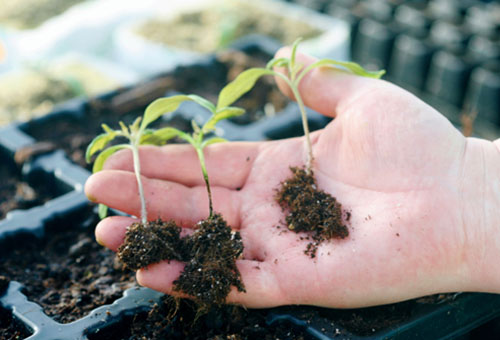
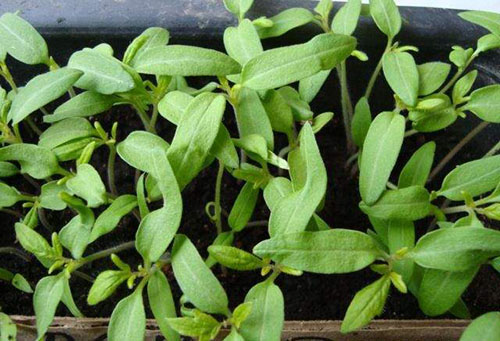
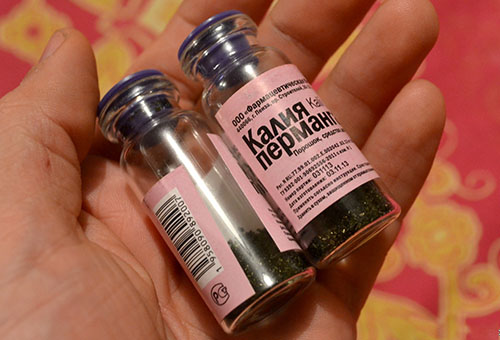
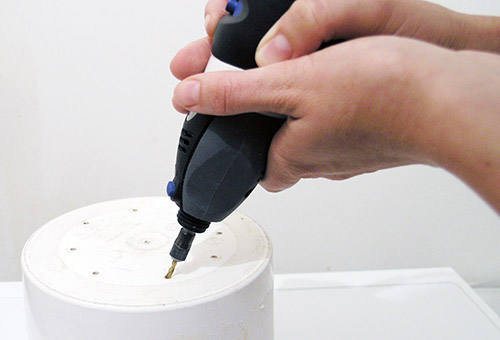

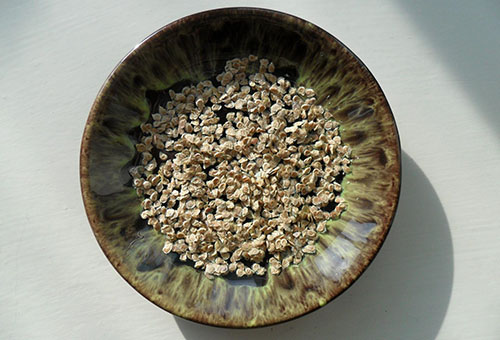
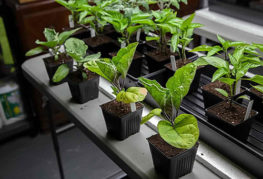
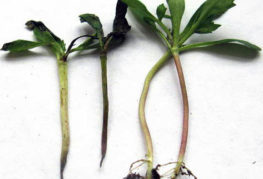
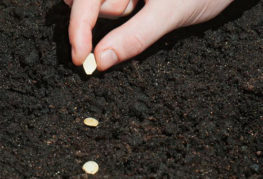
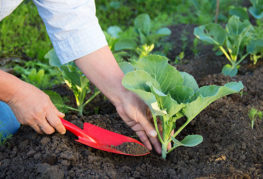


and will be published shortly.